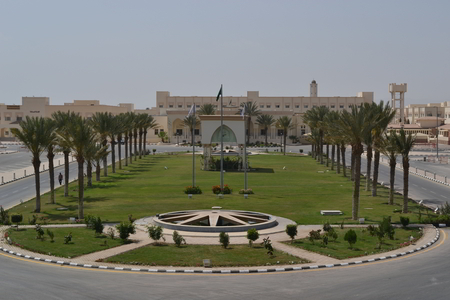Department of Biotechnology presents a lecture on the period of reproduction and inactivity of Camels
Date : 2018-10-11 Time :The main aim of current study was to investigate the relationship between the expression of S100 gene in testicular tissue and reproductive activity in dromedary camel. Taken into consideration that winter coincides with the period of rut and summer coincides with sexual inactivity, specimens were collected from 10 sexually immature (5 per season) and 10 adult (5 per season) camels. Additional 5 specimens of each age group were collected during the periods of initiation of sexual inactivity (spring) and sexual activity restoring (autumn). Specimens have been subjected to histological, immunohistochemical and molecular investigations. Histological findings showed that spermatogenic activity was totally absent in sections from immature camels throughout the year. In adults the activity was the highest in winter, moderate during spring and autumn and absent in summer. The seminiferous epithelium and interstitial cells displayed degenerative changes that were more evident in summer and less evident or absent in winter. The immunohistochemical findings within sections from immature camels showed that interstitial cells (ISCs) exhibit a moderate (winter, spring and autumn) and weak (summer) S100-immunoreactivity (S100-IR). In adults a strong, moderate and weak S100-IR was found in Sertoli cells in winter, during spring and autumn, and in summer respectively. Additionally, ISCs showed moderate, weak and negative S100-IR in winter, during spring and autumn, and in summer respectively. The expression of S100 mRNA was significantly higher in adult camels in winter compared to adults in other seasons, and to immature ones in the same season. Taken together the seasonal variation in the gene expression in respect with histological profile and sexual activity, it could be concluded that S100 proteins play a significant role in regulation of both exocrine and endocrine functions of dromedary testis. It is recommended that a further advanced research work is required to elucidate the mechanism(s) through which S100 proteins play this regulatory role.
.png)
.png)
.png)
